Shipping country and language
Your country of residence may be:
Your country of residence is:
For a better user experience on our website, you can select:
Your shipping country:
Andorra
Austria
Belgium
Bulgaria
Canada
Chile
Croatia
Cyprus
Czechia
Denmark
Estonia
Finland
France
Germany
Greece
Hungary
Iceland
Ireland
Italy
Latvia
Lithuania
Luxembourg
Malta
Monaco
Netherlands
Poland
Portugal
Romania
Slovakia
Slovenia
Spain
Sweden
Switzerland
United Kingdom
We only deliver seed and bulb products to your country. If you add other products to your basket, they cannot be shipped.
Language:
French
German
Spanish
English
My Account
Hello
My wish lists
Plantfit
Log in / Register
Existing customer?
New customer?
Create an account to track your orders, access our customer service and, if you wish, make the most of our upcoming offers.
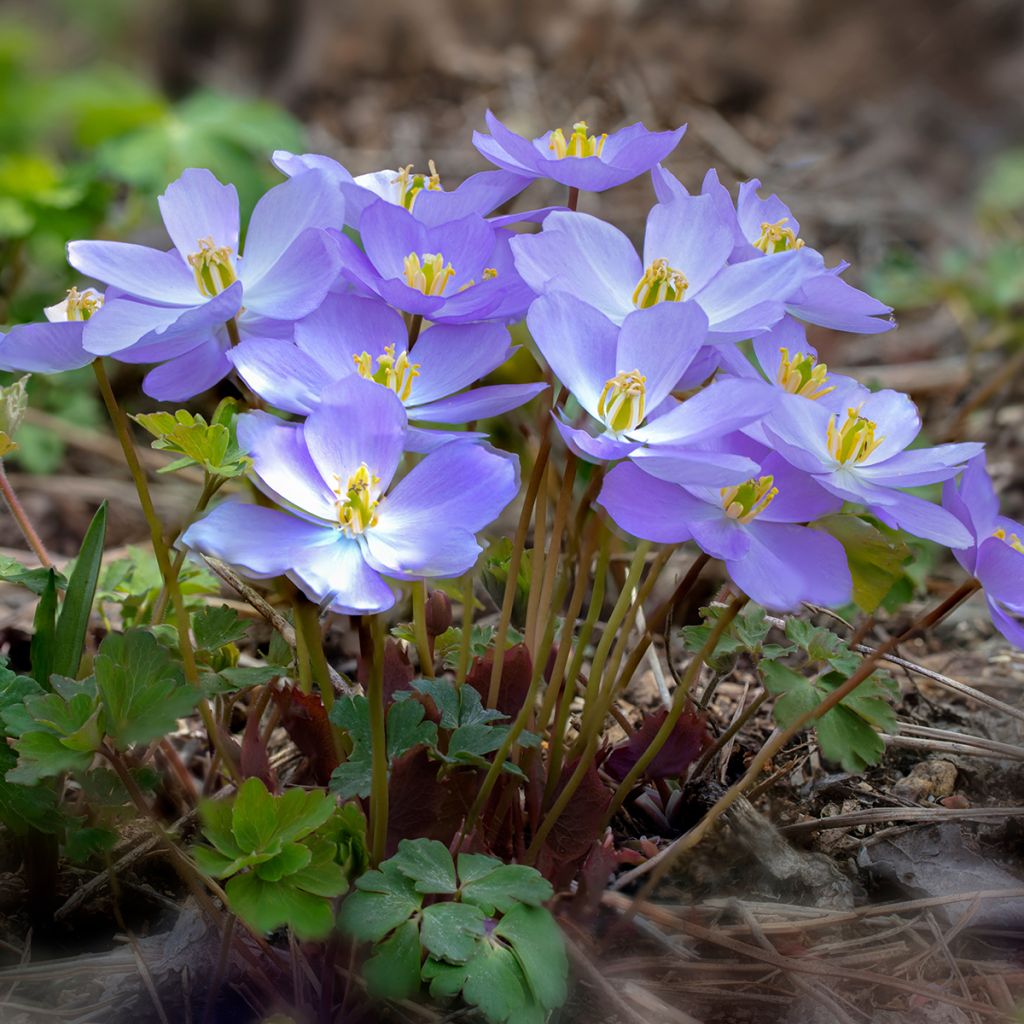

Jeffersonia dubia
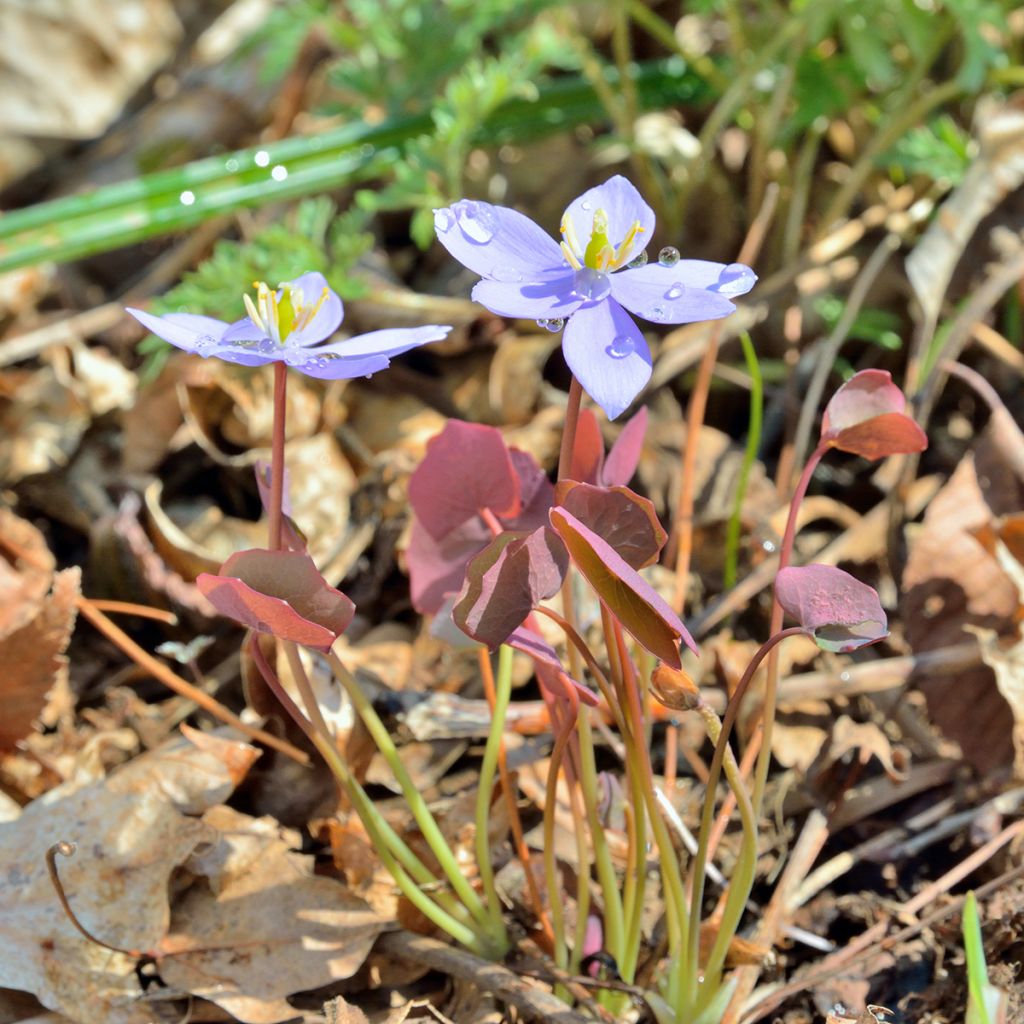

Jeffersonia dubia


Jeffersonia dubia
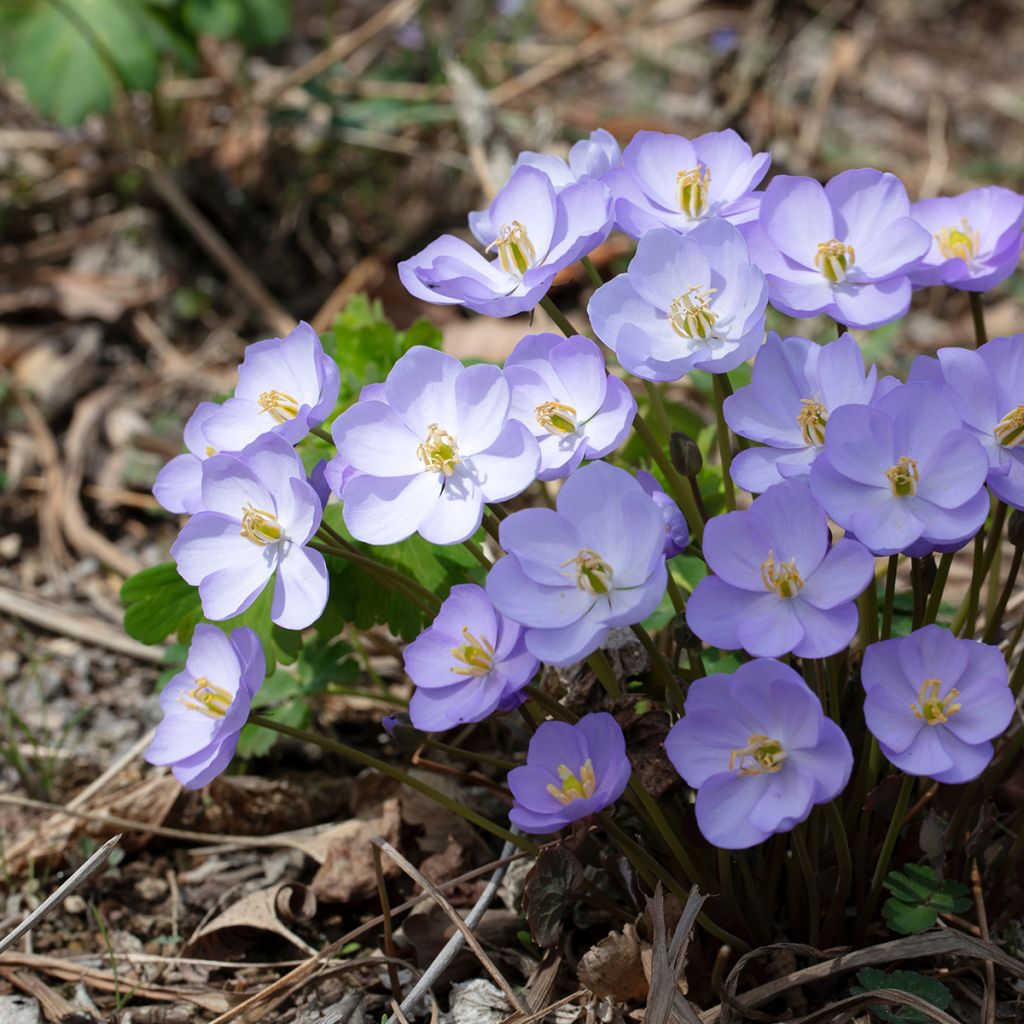

Jeffersonia dubia


Jeffersonia dubia
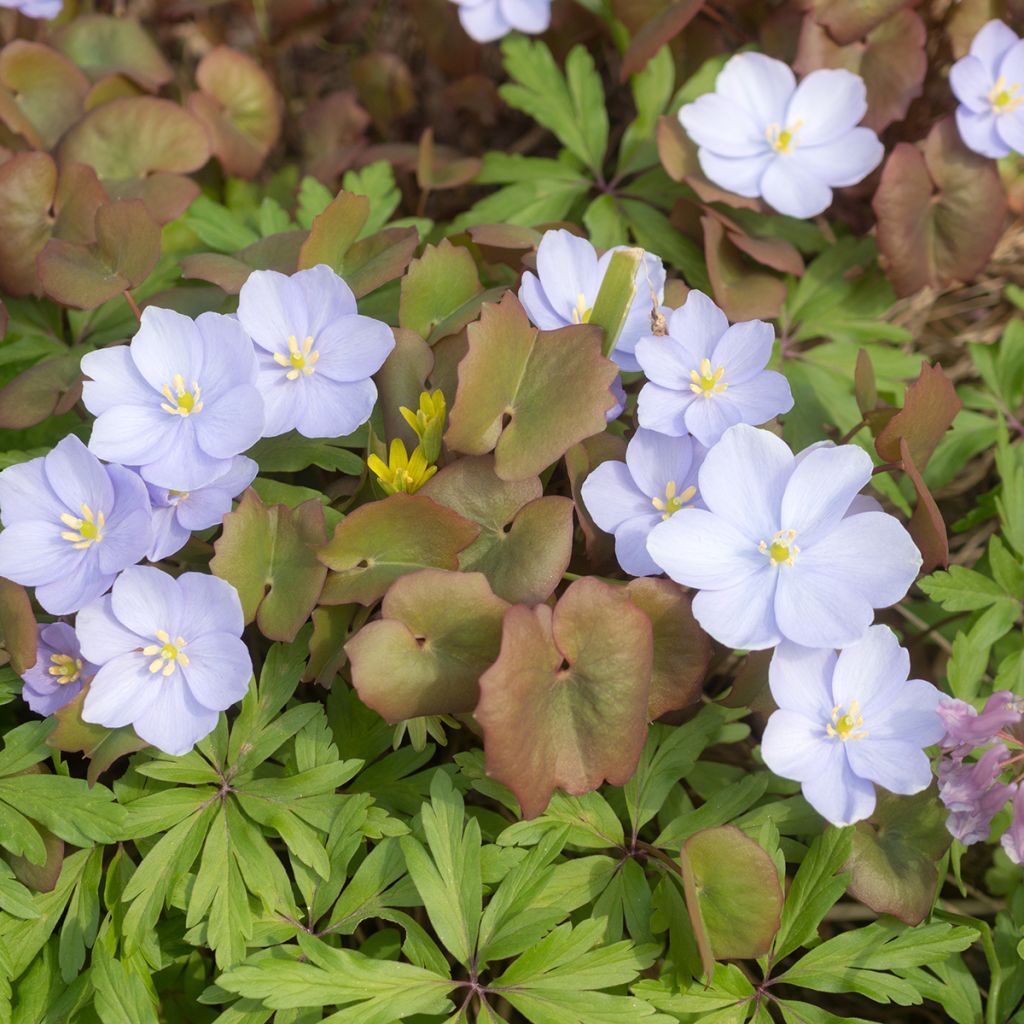

Jeffersonia dubia


Jeffersonia dubia


Jeffersonia dubia


Jeffersonia dubia


Jeffersonia dubia
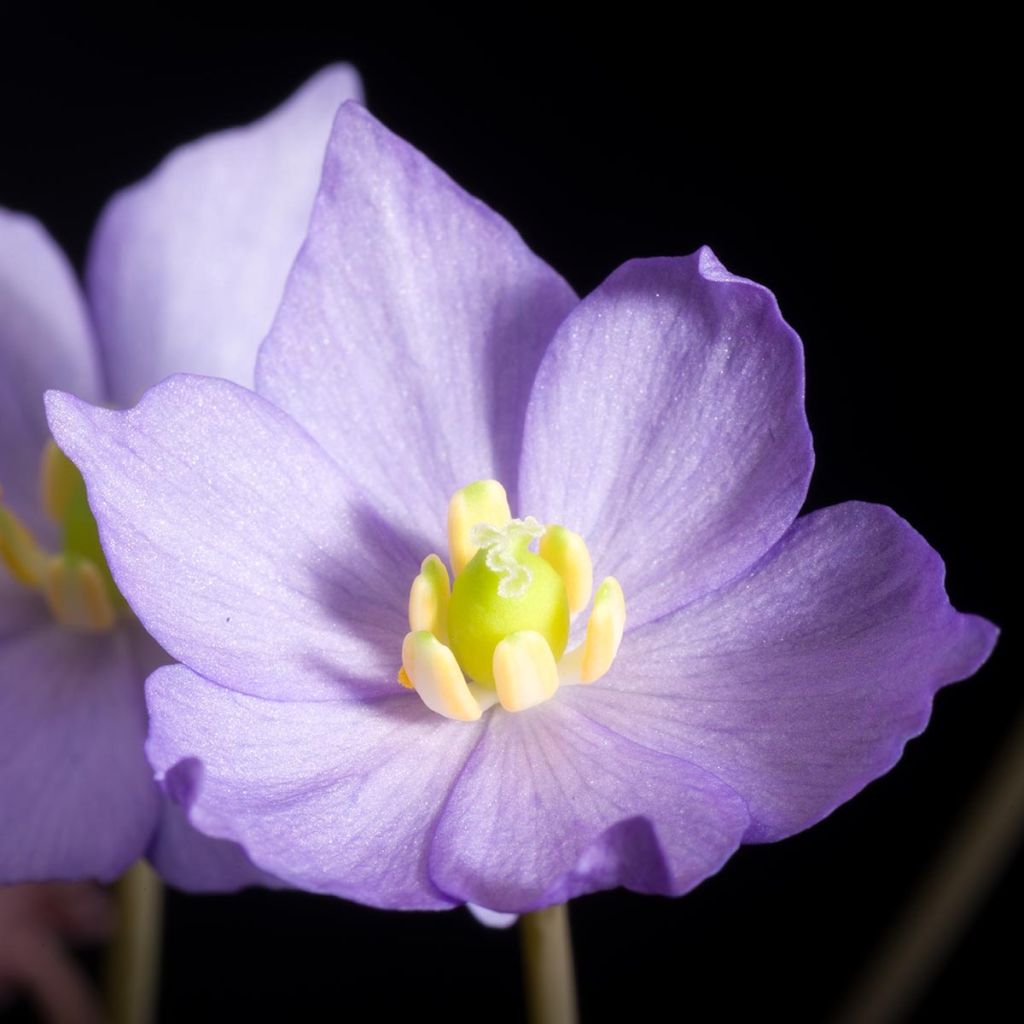

Jeffersonia dubia


Jeffersonia dubia
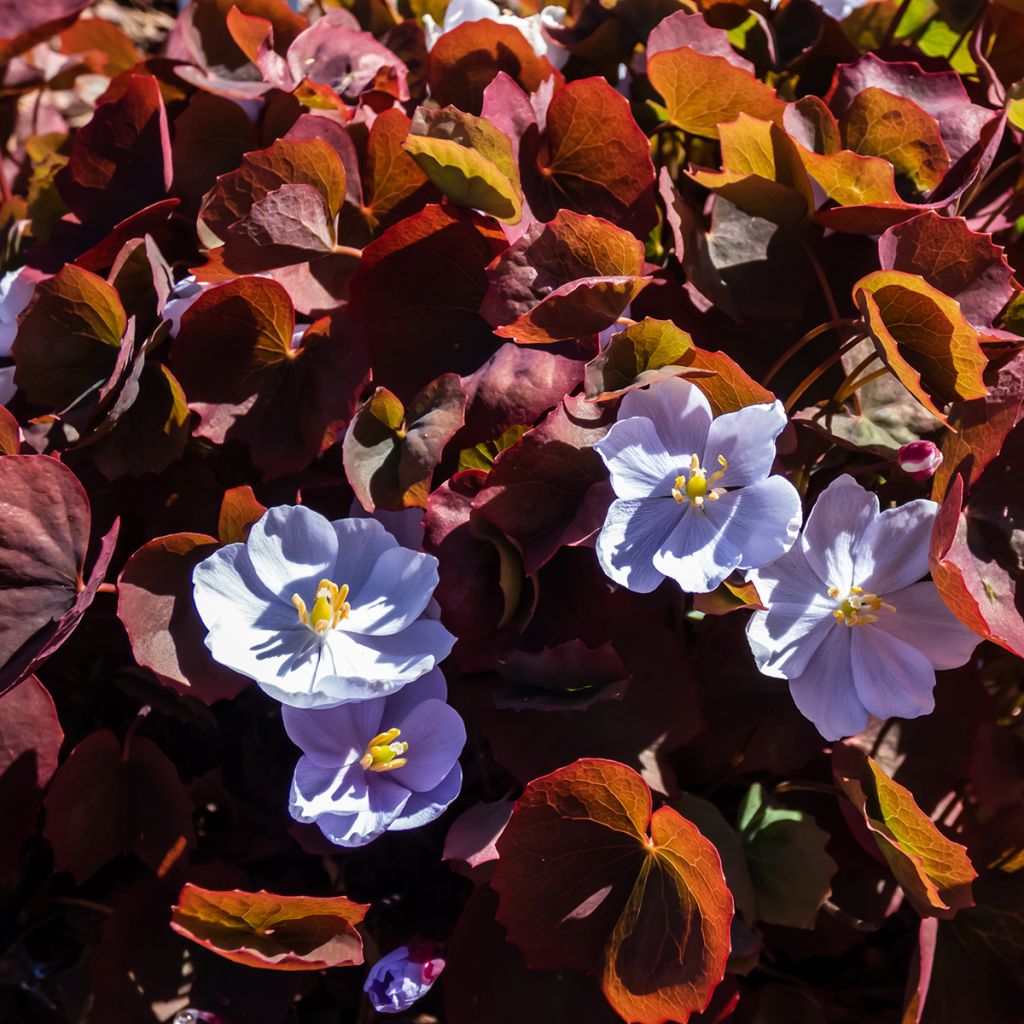

Jeffersonia dubia
Jeffersonia dubia
Jeffersonia dubia
Twinleaf
I have just received it, it should be in bloom but apart from a soggy clump and a rotten black stump, I don't see anything else. Even though I have the refund, what interests me is to have the flower. Thank you for properly tracking your shipments.
Aurore, 18/04/2023
Order in the next for dispatch today!
Dispatch by letter from €3.90.
Delivery charge from €5.90 Oversize package delivery charge from €6.90.
More information
This item is not available in your country.
Schedule delivery date,
and select date in basket
This plant carries a 12 months recovery warranty
More information
We guarantee the quality of our plants for a full growing cycle, and will replace at our expense any plant that fails to recover under normal climatic and planting conditions.
From €5.90 for pickup delivery and €6.90 for home delivery
Express home delivery from €8.90.
Does this plant fit my garden?
Set up your Plantfit profile →
Description
Jeffersonia dubia is a small perennial Asian bush that works wonders in cool undergrowth. In early spring, it forms a ball covered in small bright purple star-shaped flowers, before the appearance of its lovely compound foliage made up of rounded leaves. This hardy plant slowly spreads to form a low and wide cushion on the ground. A gem to adorn the base of deciduous trees and bushes, as well as shaded rockeries, in moist and humus-rich soil.
It belongs to the Berberidaceae family, like epimedium or fairy flowers. It is a deciduous perennial plant found from Korea to China, as well as the east of Russia (along the Amur River), but absent from Japan. It can be found in evergreen forests, mixed forests, thickets, and on shaded and moist banks, up to 1100m (43609ft) in altitude. It is a non-invasive short rhizome perennial plant, which eventually forms cushions measuring at least 12 to 15cm (5 to 6in) in height and 25cm (10in) in width. The flowering takes place in April. From the ground emerge small flowers shaped like cups, 2cm (1in) in diameter, composed of 6 wide mauve petals, surrounding a yellow-green centre. The foliage emerges directly from the rhizome and the ground, usually just after flowering. The young shoots are tinged with bronze and brown. They unfold into greyish-green rounded leaves, deeply notched at the base, and dentate along the edges, measuring 6 to 8cm (2 to 3in) in diameter. The curious fruit is a green pear-shaped capsule with an articulated top. The seeds are dispersed by ants through a process known as myrmecochory.
Jeffersonia dubia thrives in partially shaded conditions, under deciduous trees, in humus-rich soils that remain moist. It can be planted to adorn the base of deciduous trees and bushes. It can also be grown in a moist rockery, in partial shade. This lovely perennial pairs well with fairy flowers, hepaticas, hellebores, ferns, cyclamen, trilliums, and Japanese anemones.
Jeffersonia dubia in pictures




Flowering
Foliage
Plant habit
Botanical data
Jeffersonia
dubia
Berberidaceae
Twinleaf
China
Planting and care
Jeffersonia dubia thrives in partial shade or not too dense shade, ideally under deciduous trees. Plant in well-drained loose soil enriched with compost. It likes slightly acidic to slightly alkaline soil. The soil should not be too dry, even in summer. Naturally rocky soils are well tolerated, as are semi-shaded rockeries. Monitor watering during very dry summers, mulch if necessary, and take care to protect the young plant from slugs and other snails.
Planting period
Intended location
Care
- , onOrder confirmed
Reply from on Promesse de fleurs
Haven't found what you were looking for?
Hardiness is the lowest winter temperature a plant can endure without suffering serious damage or even dying. However, hardiness is affected by location (a sheltered area, such as a patio), protection (winter cover) and soil type (hardiness is improved by well-drained soil).

Photo Sharing Terms & Conditions
In order to encourage gardeners to interact and share their experiences, Promesse de fleurs offers various media enabling content to be uploaded onto its Site - in particular via the ‘Photo sharing’ module.
The User agrees to refrain from:
- Posting any content that is illegal, prejudicial, insulting, racist, inciteful to hatred, revisionist, contrary to public decency, that infringes on privacy or on the privacy rights of third parties, in particular the publicity rights of persons and goods, intellectual property rights, or the right to privacy.
- Submitting content on behalf of a third party;
- Impersonate the identity of a third party and/or publish any personal information about a third party;
In general, the User undertakes to refrain from any unethical behaviour.
All Content (in particular text, comments, files, images, photos, videos, creative works, etc.), which may be subject to property or intellectual property rights, image or other private rights, shall remain the property of the User, subject to the limited rights granted by the terms of the licence granted by Promesse de fleurs as stated below. Users are at liberty to publish or not to publish such Content on the Site, notably via the ‘Photo Sharing’ facility, and accept that this Content shall be made public and freely accessible, notably on the Internet.
Users further acknowledge, undertake to have ,and guarantee that they hold all necessary rights and permissions to publish such material on the Site, in particular with regard to the legislation in force pertaining to any privacy, property, intellectual property, image, or contractual rights, or rights of any other nature. By publishing such Content on the Site, Users acknowledge accepting full liability as publishers of the Content within the meaning of the law, and grant Promesse de fleurs, free of charge, an inclusive, worldwide licence for the said Content for the entire duration of its publication, including all reproduction, representation, up/downloading, displaying, performing, transmission, and storage rights.
Users also grant permission for their name to be linked to the Content and accept that this link may not always be made available.
By engaging in posting material, Users consent to their Content becoming automatically accessible on the Internet, in particular on other sites and/or blogs and/or web pages of the Promesse de fleurs site, including in particular social pages and the Promesse de fleurs catalogue.
Users may secure the removal of entrusted content free of charge by issuing a simple request via our contact form.
The flowering period indicated on our website applies to countries and regions located in USDA zone 8 (France, the United Kingdom, Ireland, the Netherlands, etc.)
It will vary according to where you live:
- In zones 9 to 10 (Italy, Spain, Greece, etc.), flowering will occur about 2 to 4 weeks earlier.
- In zones 6 to 7 (Germany, Poland, Slovenia, and lower mountainous regions), flowering will be delayed by 2 to 3 weeks.
- In zone 5 (Central Europe, Scandinavia), blooming will be delayed by 3 to 5 weeks.
In temperate climates, pruning of spring-flowering shrubs (forsythia, spireas, etc.) should be done just after flowering.
Pruning of summer-flowering shrubs (Indian Lilac, Perovskia, etc.) can be done in winter or spring.
In cold regions as well as with frost-sensitive plants, avoid pruning too early when severe frosts may still occur.
The planting period indicated on our website applies to countries and regions located in USDA zone 8 (France, United Kingdom, Ireland, Netherlands).
It will vary according to where you live:
- In Mediterranean zones (Marseille, Madrid, Milan, etc.), autumn and winter are the best planting periods.
- In continental zones (Strasbourg, Munich, Vienna, etc.), delay planting by 2 to 3 weeks in spring and bring it forward by 2 to 4 weeks in autumn.
- In mountainous regions (the Alps, Pyrenees, Carpathians, etc.), it is best to plant in late spring (May-June) or late summer (August-September).
The harvesting period indicated on our website applies to countries and regions in USDA zone 8 (France, England, Ireland, the Netherlands).
In colder areas (Scandinavia, Poland, Austria...) fruit and vegetable harvests are likely to be delayed by 3-4 weeks.
In warmer areas (Italy, Spain, Greece, etc.), harvesting will probably take place earlier, depending on weather conditions.
The sowing periods indicated on our website apply to countries and regions within USDA Zone 8 (France, UK, Ireland, Netherlands).
In colder areas (Scandinavia, Poland, Austria...), delay any outdoor sowing by 3-4 weeks, or sow under glass.
In warmer climes (Italy, Spain, Greece, etc.), bring outdoor sowing forward by a few weeks.

